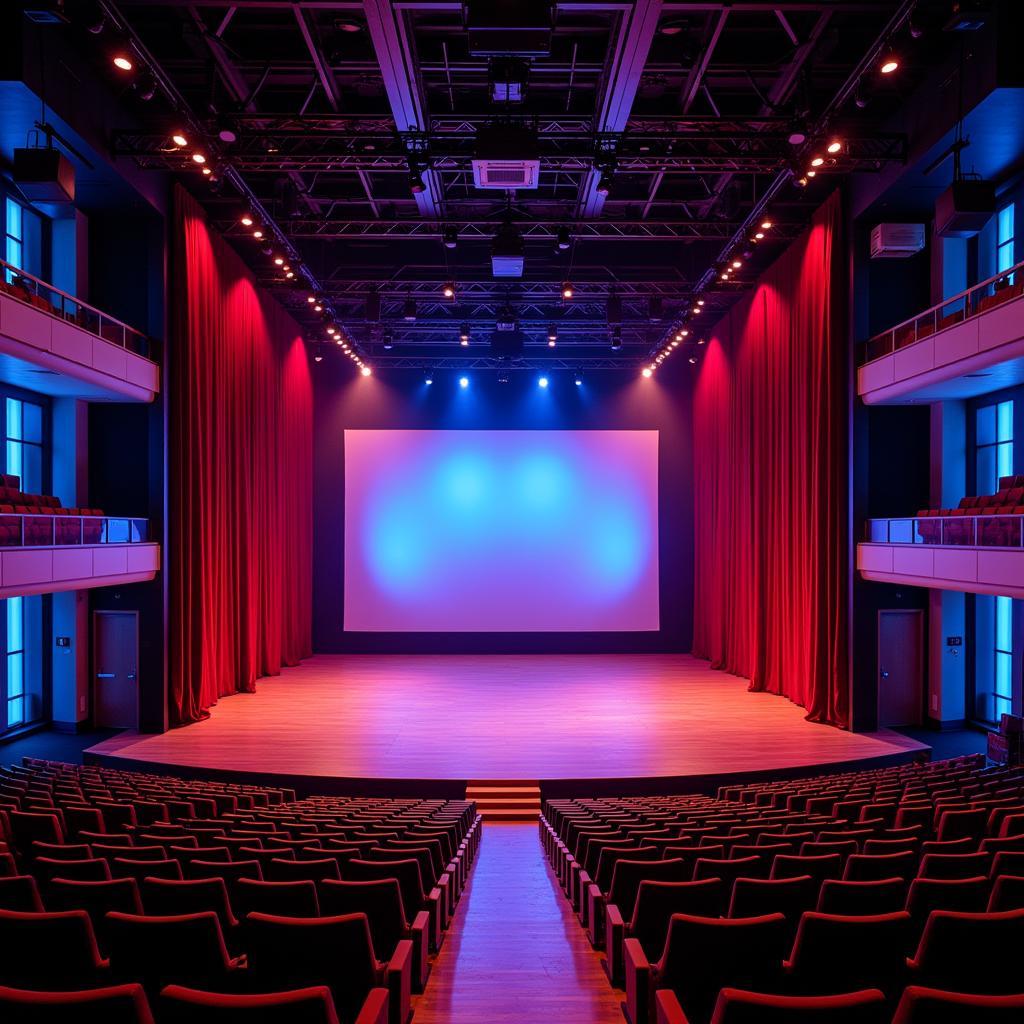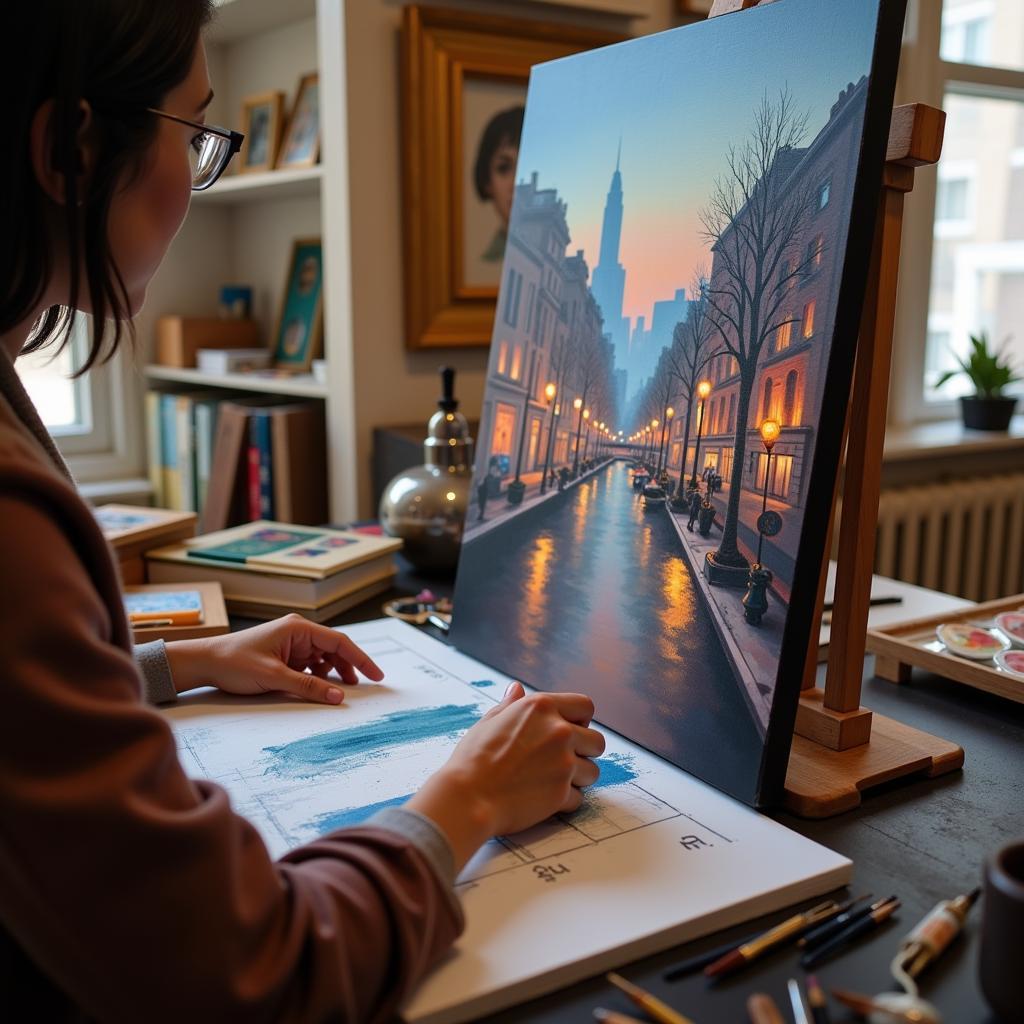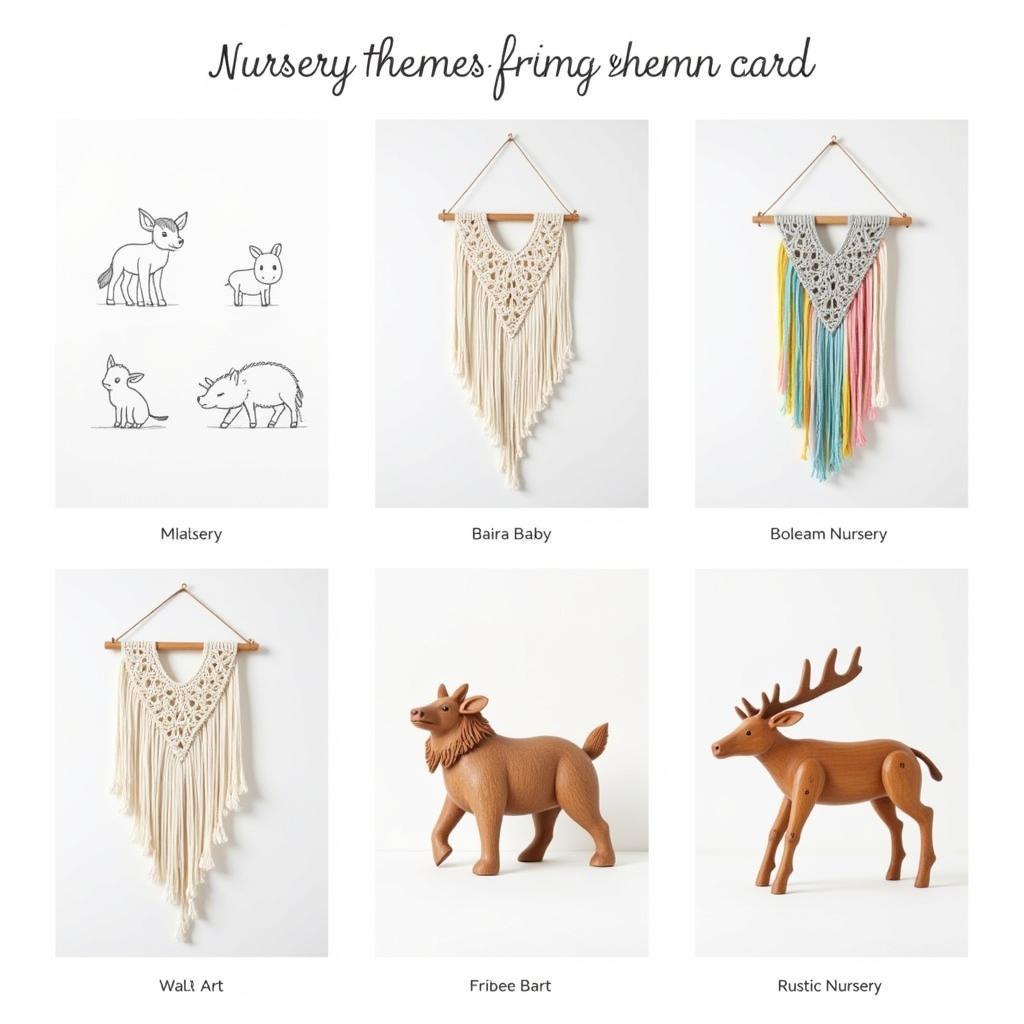Art Deco Statues: Embracing Elegance and Glamour of the 1930s
Art deco statues of the 1930s represent a captivating blend of modernism and classicism, capturing the spirit of a transformative era. These sculptures, with their sleek lines, geometric forms, and luxurious materials, became symbols of progress, prosperity, and artistic innovation. From stylized human figures to animal motifs and abstract compositions, art deco statues continue to fascinate collectors and art enthusiasts alike. Let’s delve into the world of these iconic sculptures and discover the allure of their timeless elegance.
 Bronze Art Deco Female Statue from the 1930s
Bronze Art Deco Female Statue from the 1930s
The Defining Characteristics of Art Deco Statues
Art deco statues are instantly recognizable thanks to their unique stylistic features. These include streamlined silhouettes, geometric patterns, and the use of luxurious materials like bronze, ivory, and chrome. The influence of Cubism, Fauvism, and ancient Egyptian art is evident in many art deco sculptures, contributing to their distinctive aesthetic. These pieces often exude a sense of dynamism and movement, even in static forms, capturing the energy and optimism of the 1930s. Think of the Chrysler Building’s iconic eagle gargoyles – a prime example of Art Deco’s embrace of modern industrial design and stylized animal forms. These statues perfectly embody the era’s fascination with speed, technology, and a forward-looking vision.
What materials were commonly used in creating art deco statues? Bronze and ivory were favored for their rich textures and ability to be molded into intricate shapes. Chrome and other metals added a touch of industrial chic, reflecting the era’s technological advancements. This combination of materials contributed to the overall luxurious and glamorous feel of art deco sculptures.
 Art Deco Gazelle Statue in Ivory and Chrome from the 1930s
Art Deco Gazelle Statue in Ivory and Chrome from the 1930s
What Inspired the Art Deco Style?
The Art Deco movement drew inspiration from a variety of sources, resulting in its eclectic and dynamic style. Ancient Egyptian art, with its bold geometric forms and stylized figures, was a significant influence. The discovery of Tutankhamun’s tomb in 1922 fueled a fascination with Egyptian motifs, which found their way into art deco statues and other decorative arts. Additionally, the rise of Cubism and Fauvism in the early 20th century impacted the artistic landscape, leading to the adoption of abstract forms and vibrant colors in art deco sculptures. The sleek lines and aerodynamic shapes of machines and automobiles also influenced the streamlined aesthetic of art deco statues, reflecting the era’s celebration of speed and technology.
Where Can You Find Art Deco Statues Today?
If you’re captivated by the allure of art deco statue bronze, you can find these treasures in various places. Auction houses, antique shops, and online marketplaces offer opportunities to acquire original art deco statues. Museums and art galleries often showcase these sculptures in their collections, allowing you to admire their beauty and craftsmanship firsthand. Reproductions of art deco statues are also available, providing a more accessible way to incorporate this iconic style into your home or office decor.
“Authentic art deco statues tell a story,” explains Amelia Dubois, Curator of Decorative Arts at the Metropolitan Museum of Art. “They represent a specific moment in time, reflecting the social, cultural, and artistic trends of the 1930s. Owning one is like owning a piece of history.”
Art Deco Swan: A Symbol of Grace and Elegance
The swan motif frequently appears in art deco design, symbolizing grace, elegance, and sophistication. Art deco swan statues, with their elongated necks and flowing lines, exemplify the streamlined aesthetic of the era. These sculptures can be found in various materials, including bronze, porcelain, and glass, showcasing the versatility of the art deco style. They serve as both decorative objects and artistic expressions, adding a touch of timeless beauty to any space.
Why Are Art Deco Statues Still Popular Today?
The enduring appeal of art deco statues lies in their timeless elegance and ability to evoke a sense of glamour and sophistication. These sculptures seamlessly blend classic and modern elements, making them versatile additions to contemporary interiors. They serve as conversation starters, adding a touch of artistic flair and historical significance to any space.
“The enduring power of Art Deco is in its optimism,” says Jean-Pierre LeClerc, a renowned Art Deco expert. “It represents a time of great progress and innovation, and these statues capture that spirit perfectly.”
Conclusion
Art deco statues of the 1930s remain iconic symbols of artistic innovation and the spirit of a vibrant era. Their unique blend of geometric forms, luxurious materials, and streamlined aesthetics continues to captivate collectors and art enthusiasts. Whether you admire them in museums, acquire an original piece, or choose a reproduction, art deco statues offer a timeless elegance that transcends fleeting trends. They remind us of a time when art and design were intertwined, creating objects that are both beautiful and historically significant. Art deco statues are truly a testament to the enduring power of artistic expression.
FAQ
- What is the typical price range for art deco statues?
- How can I tell if an art deco statue is authentic?
- What are the best ways to care for and maintain an art deco statue?
- Are there any notable artists known for their art deco sculptures?
- Where can I find reputable dealers specializing in art deco statues?
- What are some of the most iconic examples of art deco statues?
- How can I incorporate art deco statues into my interior design?
For any inquiries or assistance regarding Art Deco statues or other artistic endeavors, please contact us:
Phone: 02462573573
Email: [email protected]
Address: Savico Megamall, 7-9 Đ. Nguyễn Văn Linh, Gia Thụy, Long Biên, Hà Nội 10000, Việt Nam.
Our customer service team is available 24/7.



